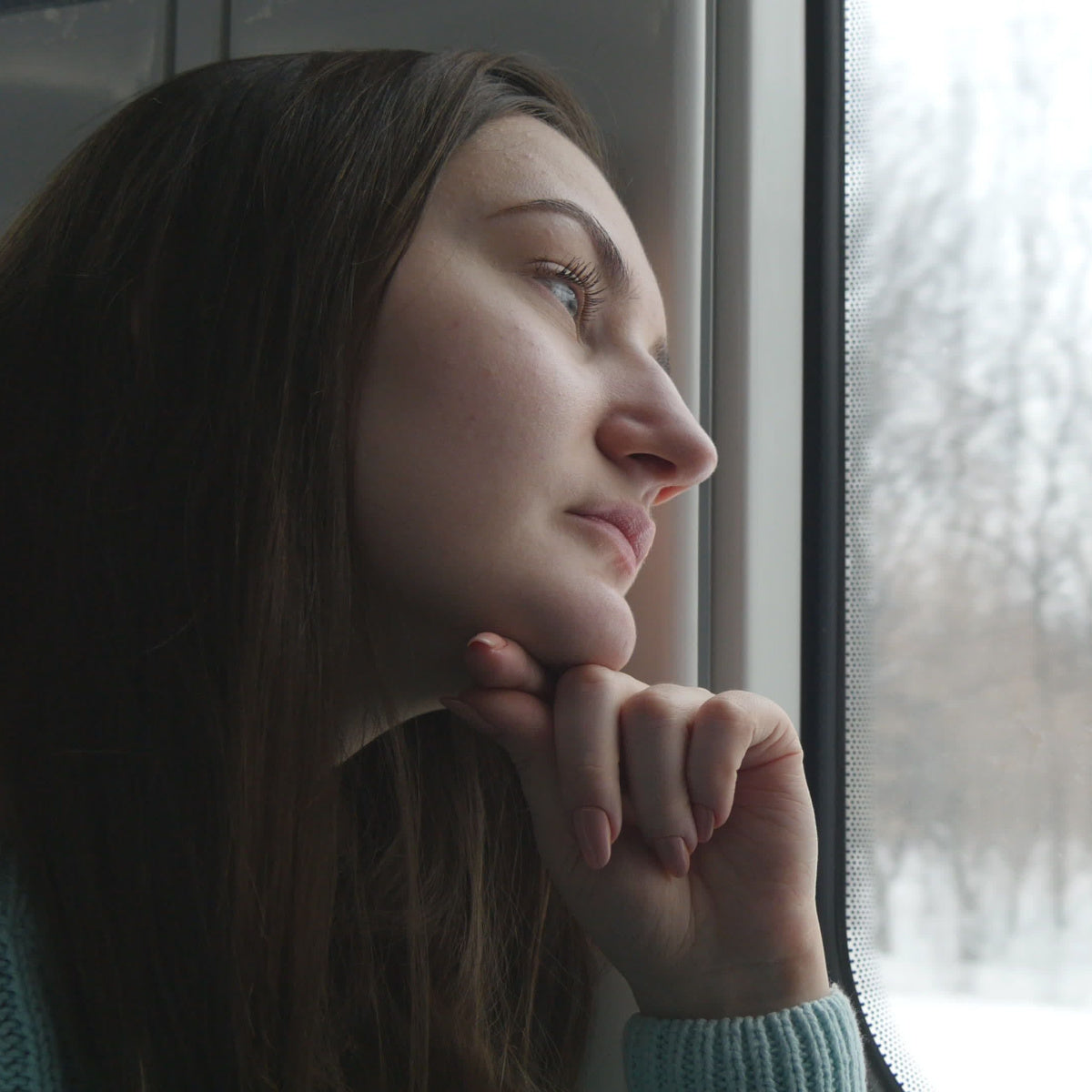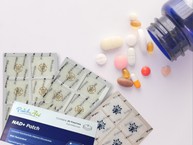Do you notice a shift in mood in the winter? Do you start to go stir crazy? It’s possible you have seasonal affective disorder (SAD) or cabin fever. Here are the basics.
What Is Cabin Fever?
Cabin fever is a change in mood that happens when you’ve been inside for a while. You might start to feel cooped up or trapped. You might feel bored, or want to go somewhere or do something different. You could even start to feel sad.
It can happen during the winter months when people tend to be indoors and less active. They may have fewer activities planned during the winter. And, there is less daylight during these months.
Ways to Reduce Signs of Cabin Fever and Seasonal Affective Disorder
There are many possible causes of cabin fever and SAD, but here are a few ways to try to lower your risk.
- Ask your doctor about light therapy.
- Exercise, as long as it’s safe for you to do so.
- Go outside as much as possible. Just dress appropriately, and avoid dangerous conditions such as icy sidewalks or white-out conditions.
- Eat more vegetables and less sugar.
- Maintain a consistent sleep schedule with a regular bedtime, waking time, and bedtime routine.
- Check vitamin D levels.
- Schedule a lot of activities and entertainment so you do not feel bored.
- Go through a to-do list each day so you have a sense of purpose.
Be sure to talk to your doctor about any worrisome symptoms to rule out more serious causes of mood shifts and to get ideas for addressing SAD.
Vitamin D3 and Seasonal Affective Disorder
VItamin D is known as the sunshine vitamin, and there isn’t as much sun in the winter. So, it may not be surprising to learn that there seems to be a connection between low vitamin D levels and SAD.
Many people have low vitamin D levels in the US. Not many foods are natural sources of vitamin D, and it can be difficult or impossible to get enough exposure to the sun during winter months for your body to make adequate vitamin D.
You can ask your doctor for an order for a vitamin D test in a standard lab. If it’s low, a supplement, such as Vitamin D3 Patches by PatchAid, could help normalize vitamin D levels in the blood.*
Vitamin D3 Patches
Vitamin D3 Patches by PatchAid have 5300 to 5500 IU of vitamin D, or 1325 to 1350% of the daily value. They’re super easy to use, since you don’t have to take pills or chew tablets. Plus, Vitamin D3 Patches by PatchAid come with calcium, vitamin K2, and magnesium.
Now that you know about cabin fever and SAD, you can keep an eye out for signs of it. If you stop feeling like yourself as the days get shorter, it may be time to act. Talk to your healthcare provider about any concerning signs and possible causes and solutions. You can also ask whether Vitamin D3 Patches by PatchAid may be a good fit for you.
*The Food and Drug Administration has not evaluated these statements. PatchAid patches are not intended to diagnose, treat, cure or prevent any disease. Anyone with a medical condition should seek the advice of a licensed medical practitioner. Individual results may vary.







